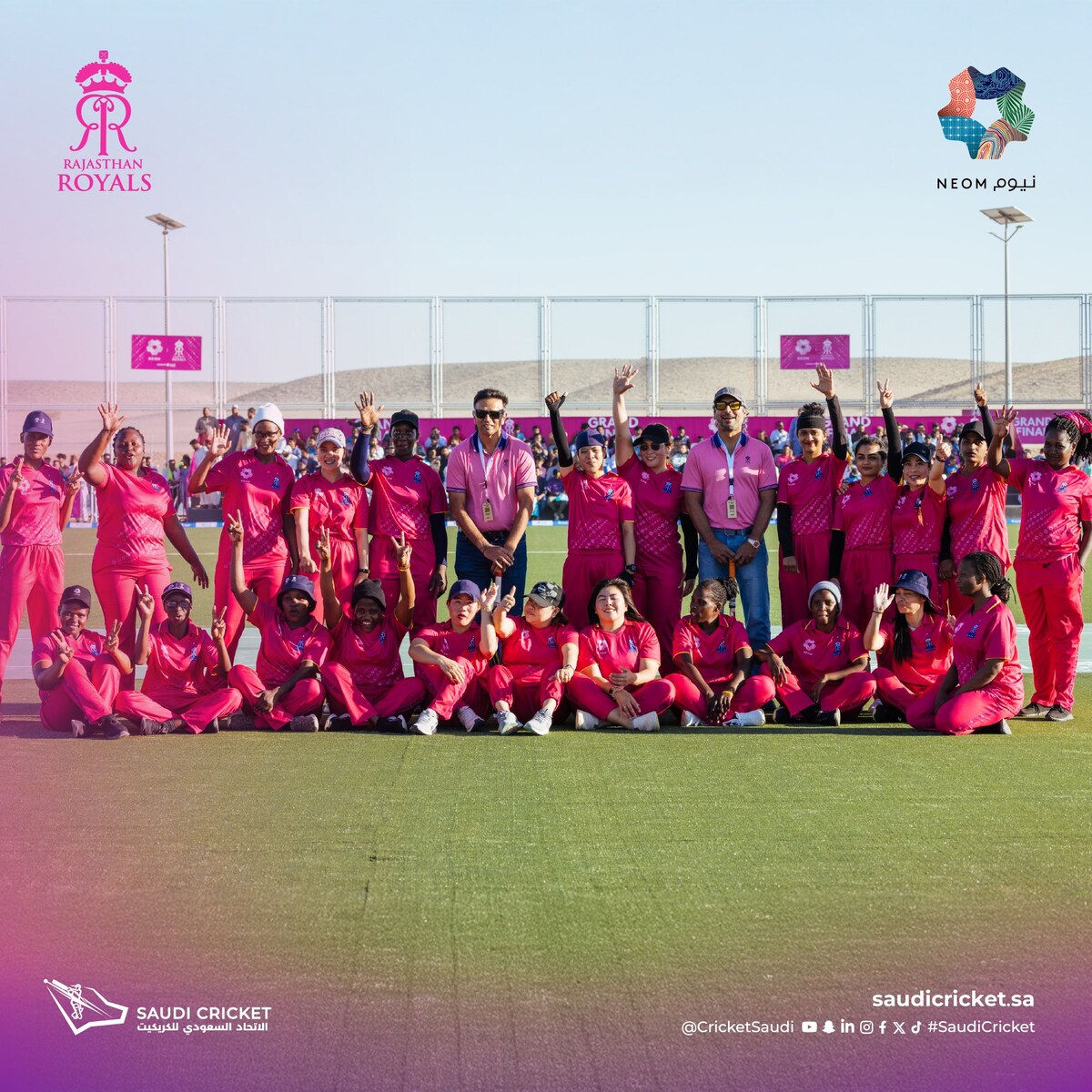At the halfway stage of the group matches in the DP World ILT20, reached on Jan. 30, the table was topped by the MI Emirates, with four wins out of six matches and eight points. In second were the Sharjah Warriors on six points with three wins from five matches.
Each team plays each other twice in the group stage. Notably, the captain winning the toss has chosen to field in 13 of the 15 matches.
Prior to the 15th match, the Desert Vipers lay at the foot of the table, somewhat surprisingly, given that the team made the final in 2023. They will need a run of victories if they are to finish in the top four teams which then contest the knockout stage.
The Vipers’ squad appeared to have been strengthened by the addition of four leading Pakistani players.
Shaheen Shah Afridi is currently captain of Pakistan’s T20I team and a high-quality left-arm quick bowler. Mohammad Amir is also a left-arm quick bowler, currently retired from international cricket. Shadab Khan is a right-arm leg-spin bowler, who, on March 27, 2023, became the first Pakistani male cricketer to take 100 T20I wickets for his country. Azam Khan is an aggressive batter/wicketkeeper who made his debut for Pakistan in 2021.
Each one should bring extra quality. A characteristic of ILT20 is that players come and go. Afridi, for example, was playing for Pakistan in New Zealand until Jan. 14. It takes a while for the players to assimilate into a squad. All four players will participate in the Pakistan Super League. This starts on Feb. 17, the same day as the ILT20 final. Thus, after only a handful of matches, the four players will be off to Pakistan. This creates upheaval for coaches and for the team. The Vipers’ future performances will hinge on how well those players, who have not featured much so far, fill the gap.
The same will apply to other teams. Shamar Joseph, fresh from his exploits for the West Indies in Australia, was due to join the Dubai Capitals. However, the toe injury which he sustained in Brisbane necessitates treatment and he will miss out. Such is the sudden demand for his services that he has been signed up by PSL team, Peshawar Zalmi.
In order to address player movement, unexpected call-ups to international squads, injuries and scheduling issues, the franchise tournaments are introducing coping measures. The PSL held a conference call to facilitate its replacement and supplementary draft on Jan. 29. The fluidity of the measure was illustrated by Zalmi announcing a replacement player who is currently on England duty in India. The tour is not scheduled to end until March 12. Joesph’s signing was announced on social media, separate to the draft. All very different from the days when team and squad selections were awaited with great expectancy by wireless.
Another coping measure was introduced this year for the ILT20. This is a non-mandatory wildcard. Each franchise is allowed, within spending conditions, to sign two players on this basis at any point during the season. Two other franchise leagues allow the wildcard — the Hundred and SA20.
The first use of the ILT20 wildcard was made by the MI Emirates, who announced the signing of Tim David before the league began. David has played for the Mumbai Indians in India, MI Cape Town in SA20 and MI New York. England’s Dan Lawrence was signed by the Desert Vipers but, after playing one match, was called up by England for India duty. It is not unreasonable to expect more wildcards in the second half of the league.
Although the MI Emirates lead the table at the midpoint, the teams in third to sixth all had four points, separated by net run rate. This should create an exciting second half of the group stage with any team showing itself capable of beating the others. The MI Emirates have two of the top three leading run scorers in West India’s Nicholas Pooran and the UAE’s Waseem Mohammad, who leads with 204 runs and a top score of 89 not out. Johnson Charles of the West Indies is in second place. Another UAE player, Alishan Sharafu, has made an impression in scoring 145 runs for the Abu Dhabi Knight Riders, with a match-winning top score of 82.
On the bowling front, Fazalhaq Farooqi of Afghanistan has claimed 12 wickets for the MI Emirates, followed by Maheesh Theekshana of the Sharjah Warriors with 11, and then Trent Boult of the MI Emirates and Daniel Sams of the Sharjah Warriors, both with 10. Five of the top 10 wicket takers are with the MI Emirates. This, coupled with three scores in excess of 170, goes a long way to explaining why they lead the way.
Much was made of an exodus of players from Australia’s Big Bash League to join the ILT20, before the BBL finals had started. This did put a dampener on the BBL and has caused discussion on ways to reduce the impact of such player movement. This is unlikely to be easy. Although the BBL was rejuvenated in 2023/2024, with a shorter season being matched by an uplift in average crowds of just over a quarter, its pay for top players, despite a 25 percent increase, is still below par with other offers.
The onus to shift the balance looks to lie with the BBL. The league is set to enter a consultation process. On the table are likely to be discussions over longer contracts, changes to the draft system and a further reduction to the schedule. Any change has a single purpose of making the BBL more attractive to more top overseas players. In turn, this boosts crowds and drives higher international broadcast revenues, an imperative in modern cricket.
It seems that the appeal of spending a summer month in Australia, playing in front of large, enthusiastic crowds, for not unreasonable returns, comes second-best to higher returns on offer elsewhere.































